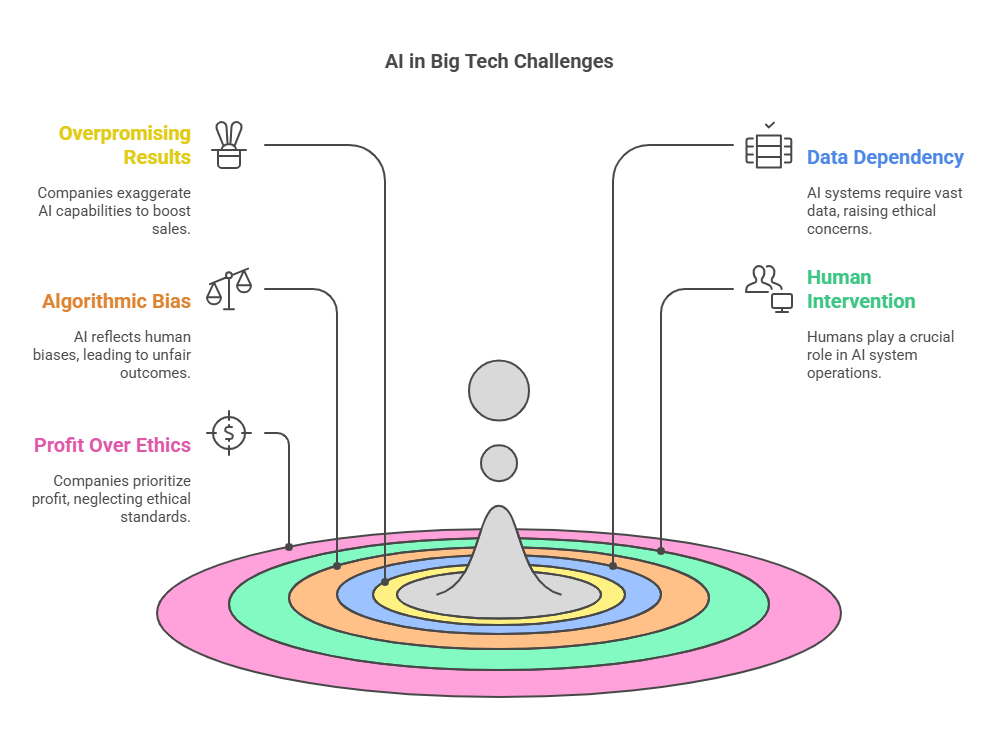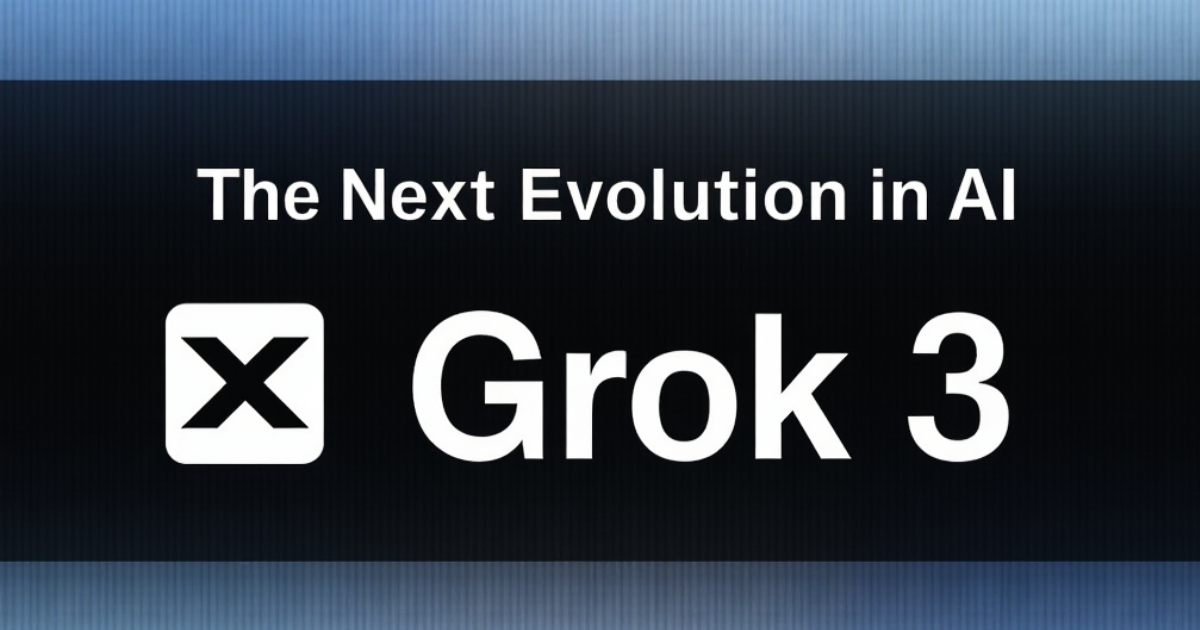Big Tech AI Is a Lie Tina Huang Data Scientist: 5 Key Facts You Need to Know
Big Tech AI Is a Lie Tina Haung
Ever wondered if the hype around AI is real or just clever marketing? Or perhaps you’re curious about Tina Huang, the data scientist challenging the narrative? If so, this article dives deep into why “Big Tech AI Is a Lie Tina Huang Data Scientist” and uncovers five critical facts. Plus, we’ll briefly address a common question: How much does Tina Huang weigh? Let’s get started!
Why This Topic Matters
Understanding AI isn’t just for tech experts—it affects everyone. From social media algorithms to job automation, AI shapes our daily lives. But is it all as advanced as Big Tech claims? By exploring the insights of Tina Huang, a leading voice in the field, you’ll gain clarity on what’s real and what’s exaggerated.
This guide takes about 10–15 minutes to read, requires no technical background, and includes actionable takeaways. It’s beginner-friendly and adaptable to your interests.
Essential Insights from Tina Huang Data Scientist
To fully grasp the truth behind Big Tech AI, here are the five key points inspired by Tina Huang:
- Overpromising Results: Many companies oversell AI’s capabilities to drive sales. Learn how to spot misleading claims.
- Data Dependency: Most AI systems require massive datasets, raising ethical and privacy concerns. Understand why this matters.
- Algorithmic Bias: AI models often reflect human biases, leading to unfair outcomes. Discover examples and solutions.
- Human Intervention: Behind every AI system, there’s usually a team of humans doing crucial work. Recognize their role.
- Profit Over Ethics: Companies prioritize profits over ethical considerations, impacting users negatively. Explore real-world examples.

Substitutions and Variations
If any section feels overwhelming, feel free to focus on one or two points first. For instance, if bias interests you most, start there and expand later. You can also adapt these insights to analyze other technologies beyond AI.
Step-by-Step Breakdown
Step 1: Uncover Overpromising Results
Start by questioning whether AI claims are genuine. Ask yourself: Does this sound too good to be true? Investigate further by looking for evidence.
Tip: Always check who funded the study—corporate-funded research may not be unbiased.
Step 2: Examine Data Dependency
Next, explore how much data AI systems need to function effectively. Consider platforms collecting personal information. Do you know how they use it? Protecting your data is vital.
Tip: Enable privacy settings to limit data sharing online.
Step 3: Tackle Algorithmic Bias
Now, delve into bias in AI. Imagine training an AI model with incomplete or skewed data. The results will reflect those flaws.
Tip: Support initiatives promoting diverse datasets and inclusive AI development.
Step 4: Highlight Human Oversight
Did you know many “AI-powered” tools still rely heavily on human intervention? Chatbots, content moderation—you name it. Humans play a critical role.
Tip: Look out for roles like “data labeler” or “content reviewer”—these keep AI running smoothly.
Step 5: Analyze Profit-Driven Priorities
Finally, consider why companies invest in AI. Hint: It’s usually to boost profits. While innovation is great, ethics sometimes fall by the wayside.
Tip: Research a company’s values before trusting its AI products.

Assembling the Puzzle
Once you’ve gathered all the pieces, put them together to form a complete picture of Big Tech AI. Here’s how:
- Begin with overpromising results as the foundation—this sets the stage for skepticism.
- Layer on data dependency to highlight AI’s reliance on user input.
- Add algorithmic bias next, showcasing potential pitfalls.
- Include human oversight to demonstrate real-world limitations.
- Top it off with profit-driven priorities to tie everything together.
A Quick Note About Tina Huang
Tina Huang, a prominent data scientist, has been vocal about the myths surrounding AI. Her expertise sheds light on the gaps between reality and marketing hype.
As for the question, how much does Tina Huang weigh?—it’s important to note that personal details like weight aren’t publicly disclosed unless shared by the individual themselves. Focus instead on her contributions to the field of AI ethics and transparency.
Storage and Make-Ahead Tips
Just like software updates, knowledge stays relevant only if maintained regularly. To keep these insights sharp:
- Periodically revisit the concepts to reinforce learning.
- Share what you’ve learned with others—it strengthens comprehension.
- Stay informed about new developments in AI by following credible sources.
If you’re short on time, break the process into smaller steps. For example, focus on one fact per day until you’ve covered them all.
Creative Variations
Here are some ways to adapt this framework:
- Tailor the analysis to specific industries, such as healthcare or finance, where AI is prevalent.
- Create a timeline showcasing the evolution of AI and its controversies.
- Develop a fictional scenario illustrating the consequences of unchecked AI growth.
Feel free to experiment and make it your own!
Conclusion
Congratulations! You now have a solid understanding of why Big Tech AI Is a Lie Tina Huang Data Scientist and how five key facts reveal the truth. Keep exploring, questioning, and experimenting. Remember, the best tech insights evolve with practice. Enjoy the journey and share your discoveries along the way!
FAQs
Q: Why do companies exaggerate AI capabilities?
A: They aim to attract investors and consumers by making AI seem revolutionary.
Q: Can I trust AI completely?
A: Not entirely. Always verify claims and stay aware of AI’s limitations.
Q: What benefits come from understanding AI better?
A: Improved decision-making, reduced stress from misinformation, and enhanced awareness of ethical issues.
Q: How long does it take to master this topic?
A: Mastery depends on effort, but starting small makes it manageable.
Q: How much does Tina Huang weigh?
A: Personal details like weight aren’t publicly available unless shared by the individual. Focus on her impactful work in AI ethics.
Happy learning and stay tech-savvy!



